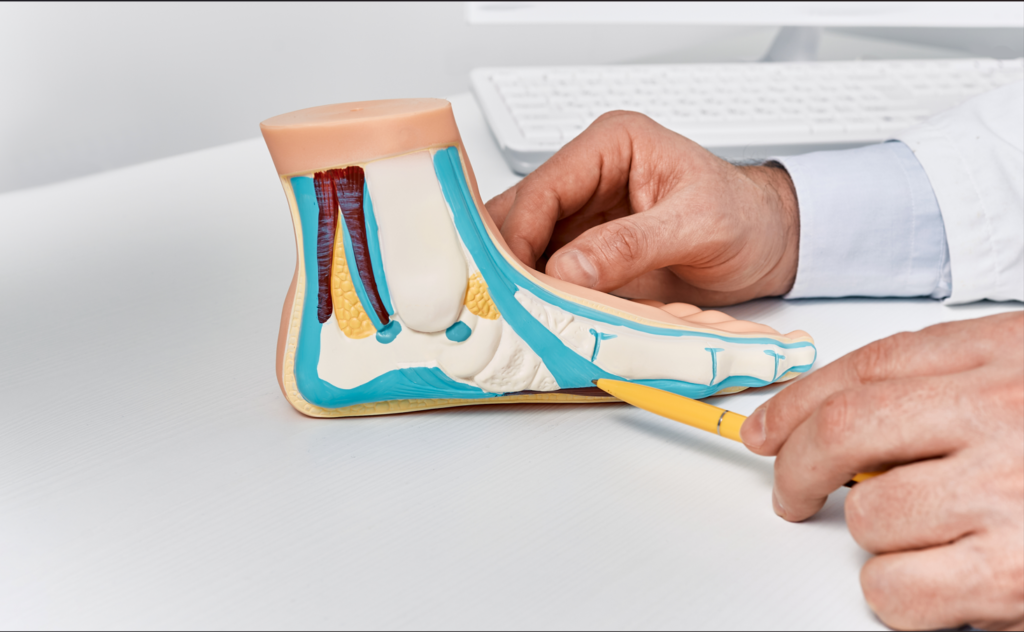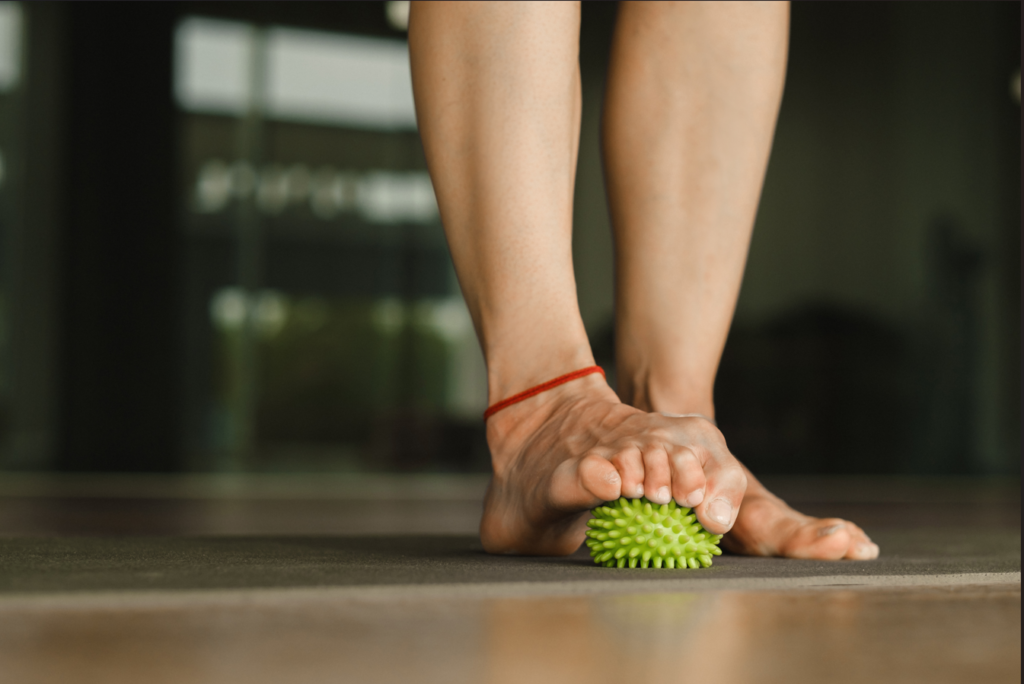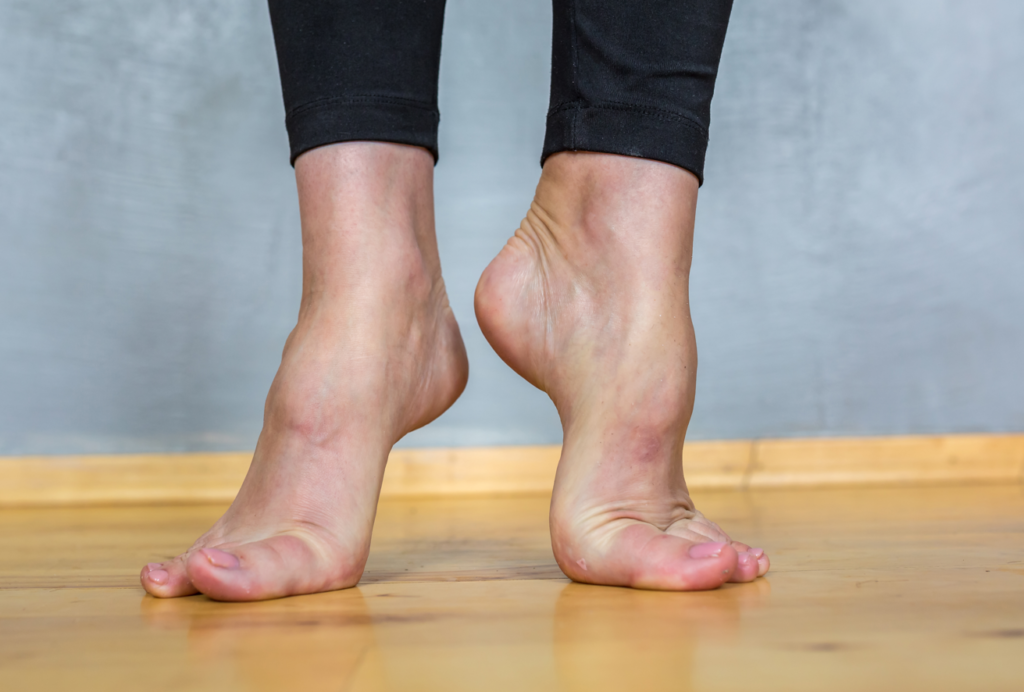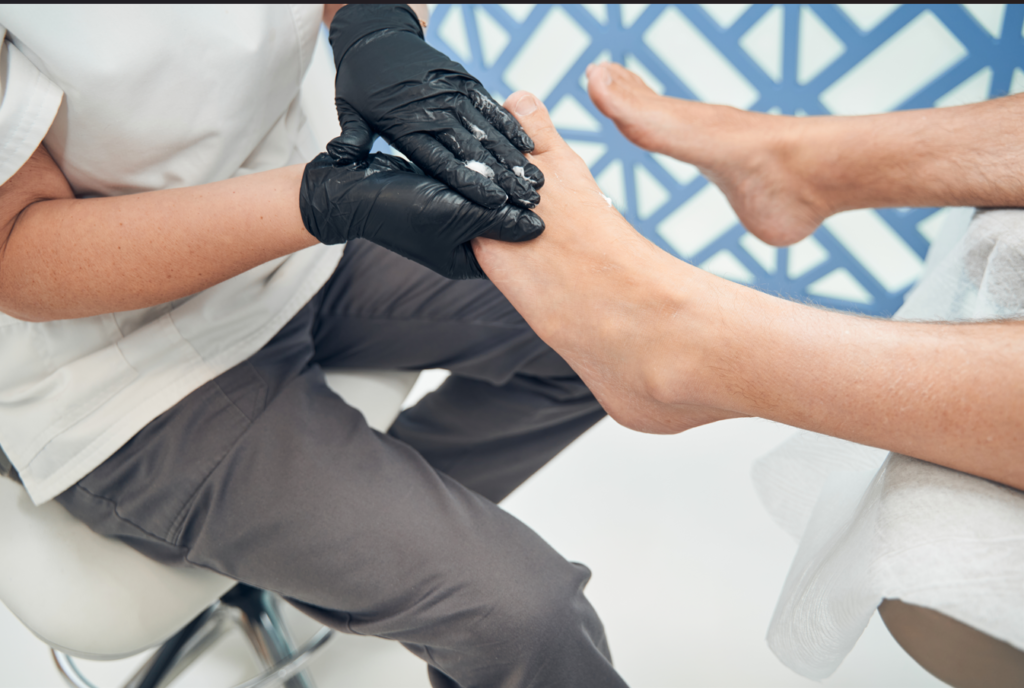Plantar fasciitis is one of the most common causes of heel pain, affecting millions of people worldwide. It occurs when the plantar fascia—a thick band of tissue running across the bottom of your foot and connecting your heel bone to your toes—becomes inflamed. The condition often causes sharp pain that’s most noticeable with the first steps in the morning or after periods of inactivity.
Fortunately, consistent stretching and strengthening exercises can significantly reduce symptoms and, in many cases, resolve plantar fasciitis without the need for invasive treatments. This article explores some of the most effective exercises to ease your pain and get you back on your feet.

Understanding the Role of the Plantar Fascia
The plantar fascia supports the arch of your foot and absorbs shock when you walk. Overuse, improper footwear, high-impact activities, or structural issues like flat feet or high arches can stress this ligament, causing micro-tears and inflammation.
Pain typically builds up gradually and is worse in the morning or after standing or sitting for long periods. Ignoring symptoms can lead to chronic heel pain and interfere with your daily life.

Benefits of Stretching and Strengthening
Effective treatment for plantar fasciitis often includes
- Stretching to increase flexibility in the plantar fascia, Achilles tendon, and calf muscles
- Strengthening to support the arch and improve foot mechanics
- Massage and manual therapy to break up adhesions and improve blood flow
These exercises not only help alleviate existing pain but also reduce the risk of recurrence by addressing underlying biomechanical issues.
Top Stretching Exercises for Plantar Fasciitis
1. Plantar Fascia Stretch
How to do it:
- Sit down and place one leg over the other.
- Grab the toes of your affected foot and gently pull them toward you until you feel a stretch along the bottom of your foot.
- Hold for 15–30 seconds.
- Repeat 2–3 times on each foot.
Tip: You can also do this stretch first thing in the morning while sitting on your bed.

2. Calf Stretch (Wall Stretch)
Tight calf muscles can contribute to plantar fasciitis by increasing tension on the plantar fascia.
How to do it:
- Stand facing a wall, placing both hands on it.
- Step back with the affected leg, keeping it straight and the heel on the ground.
- Bend the front knee and lean forward until you feel a stretch in the calf of the back leg.
- Hold for 20–30 seconds.
- Repeat 2–3 times on each side.
3. Towel Stretch
This is especially helpful first thing in the morning.
How to do it:
- Sit with your legs straight in front of you.
- Loop a towel or strap around the ball of your foot.
- Gently pull back until you feel a stretch in your arch and calf.
- Hold for 15–30 seconds.
- Repeat 2–3 times.

4. Seated Foot Roll
Using a ball or water bottle to roll under your foot helps massage the fascia and break up tight spots.
How to do it:
- Sit on a chair.
- Roll a tennis ball, frozen water bottle, or massage ball under your arch for 1–2 minutes.
- Apply gentle pressure and focus on sore spots.
Bonus: Try this after a workout or before bed to relax the fascia.

Top Strengthening Exercises for Plantar Fasciitis
1. Towel Scrunches
This simple exercise strengthens the small muscles in your feet.
How to do it:
- Sit in a chair with your bare foot on a towel laid out flat.
- Use your toes to scrunch the towel toward you.
- Repeat 2–3 sets of 10 scrunches.
2. Marble Pickups
A fun and effective way to build foot muscle strength.
How to do it:
- Place 10–20 marbles on the floor.
- Use your toes to pick them up one at a time and place them in a container.
- Repeat on both feet.
3. Toe Curls with Resistance Band
This exercise helps build strength and control in the foot muscles.
How to do it:
- Sit down and loop a resistance band around the ball of your foot.
- Hold the ends of the band while pointing your toes against the resistance.
- Slowly return to the starting position.
- Do 2–3 sets of 10 reps.

4. Arch Lifts
Strengthening your foot arch helps stabilize your foot and reduce fascia strain.
How to do it:
- Stand with your feet flat on the floor.
- Try to lift the arch of your foot without curling your toes.
- Hold the lift for 5–10 seconds, then relax.
- Repeat for 10–15 reps per foot.

Additional Tips for Managing Plantar Fasciitis
- Footwear matters: Choose supportive shoes with good arch support and cushioning. Avoid walking barefoot on hard surfaces.
- Orthotics: Consider custom or over-the-counter orthotics to help distribute pressure more evenly.
- Ice therapy: Icing your heel for 15–20 minutes a few times a day can reduce inflammation.
- Limit high-impact activity: Reduce or modify exercises like running until symptoms improve.
- Consistency is key. Perform these exercises daily or as advised by a physical therapist for best results.
When to See a Doctor
If pain persists after several weeks of consistent stretching and strengthening, consult a healthcare provider. Additional treatments may include physical therapy, corticosteroid injections, night splints, or in rare cases, surgery.

Final Thoughts
Plantar fasciitis can be stubborn, but it’s also very treatable with the right approach. Daily stretching and strengthening exercises can significantly reduce pain, improve foot function, and prevent the condition from returning.
Take it slow, be consistent, and listen to your body. With time and commitment, you’ll be back on your feet, pain-free and stronger than ever.
